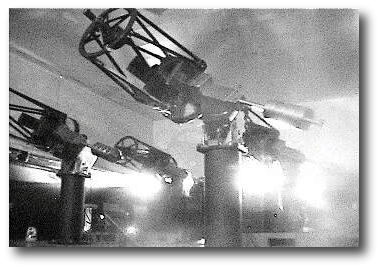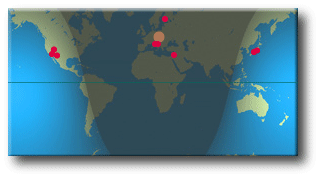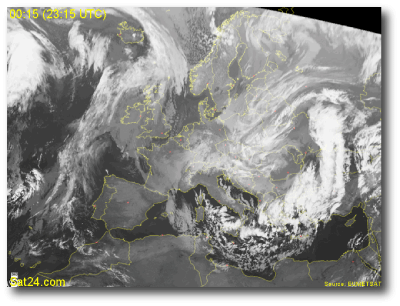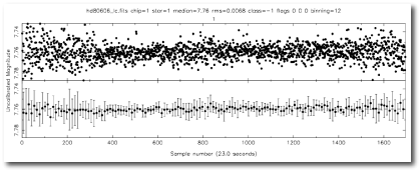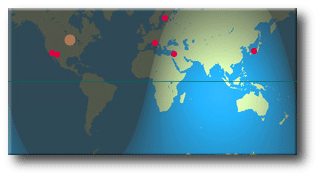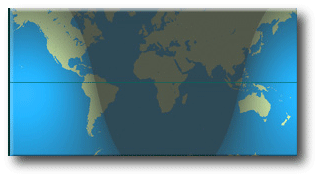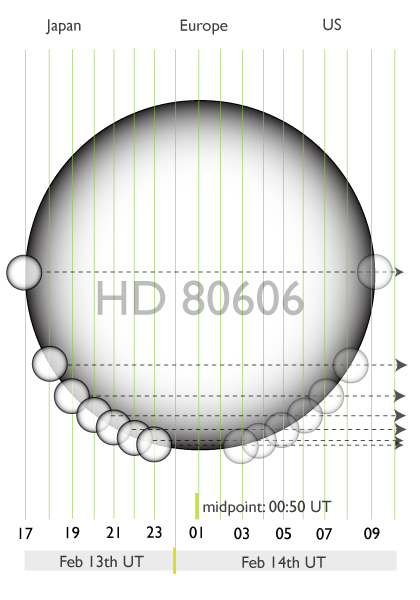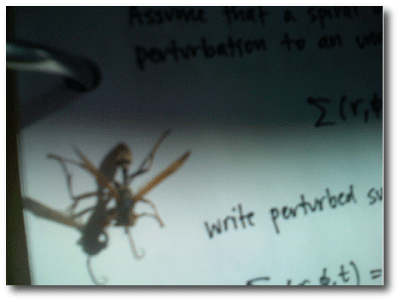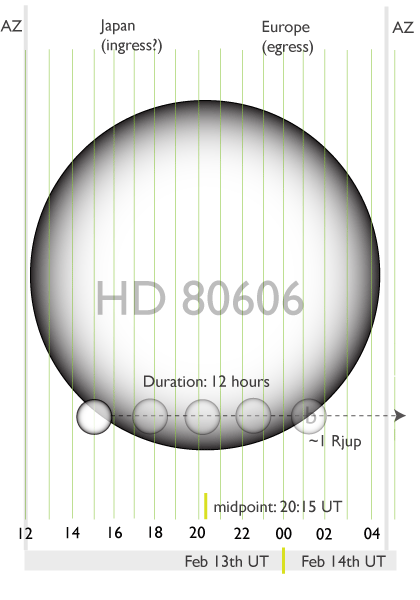
After 10 days of no news, definitively flat news (Arizona) and tantalizing hints in my inbox, the HD 80606b transit story is resolving itself dramatically.
Earlier today, Stephen Fossey, Ingo Waldmann and David Kipping submitted their paper on the detection. I based the diagram on the results of their photometry, which points to a twelve hour transit, and a planetary radius just larger than Jupiter:
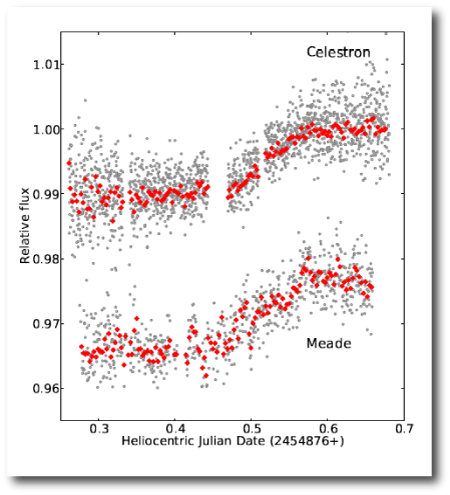
The Fossey et al observations were made using two small telescopes at the University College London’s observatory in Mill Hill, North London. (Co-author Ingo Waldmann is a final-year undergraduate project student.) It’s certainly been a long time since an observational astronomical discovery of this magnitude has made from within the London City Limits!
Also in my inbox this morning was an e-mail from Jose Manuel Almenara Villa, who made the definitive initial observation of HD 17156 (and made the initial announcement on the comment section of this weblog). He writes, I know it’s late, but here there are the data from Tenerife. The egress is fully there, fully present. Nice work!
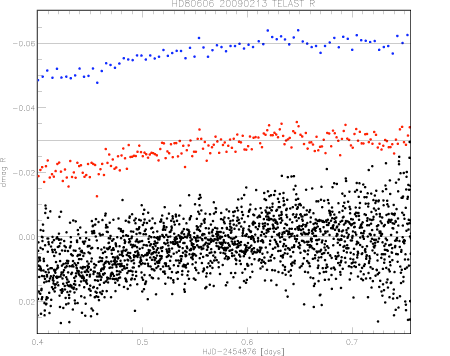
And then, no more than an hour ago, another dramatic update. In an e-mail to myself and Jean Schneider, Enrique Garcia-Melendo writes:
Dear Greg and Jean,
We observed the transit of HD80606b.
Please find attached the submitted paper to the ApJ. The manuscript will also appear at http://arXiv.org/abs/0902.4493
Best regards,
Enrique Garcia-MelendoTitle: Unconfirmed Detection of a Transit of HD 80606b
Authors: E. Garcia-Melendo and P. R. McCullough
Categories: astro-ph.EP
Comments: Submitted to ApJ, 11 pages, 4 figures.We report a times series of B-band photometric observations initiated on the eve of Valentine’s day, February 14, 2009, at the anticipated time of a transit of the extrasolar planet HD 80606b. A transit model favored by the data has minimum light of 0.990 times the nominal brightness of HD 80606. The heliocentric Julian date (HJD) of the model’s minimum light is 2454876.33, which combined with the orbital period P = 111.4277 pm 0.0032 days, longitude of periastron, omega = 300.4977 pm 0.0045 degrees, and time of mid-secondary eclipse HJD 2454424.736 pm 0.003 (Laughlin et al. 2009), refines the eccentricity, e = 0.9337 +0.0012 -0.0004}, and the inclination, i = 89.26 +0.24 -0.04 degrees. The duration of the model transit is 0.47 days, and its four contacts occur at HJD 2454876 plus 0.10, 0.24, 0.42, and 0.57 days. We observed only the last two contacts, not the first two. We obtained “control” time series of HD 80606 on subsequent nights; as expected, the “controls” do not exhibit transit-like features. We caution that 1) the transit has not been confirmed independently [note: no longer true.]; 2) we did not observe the transit’s ingress; 3) consequently, we cannot reliably measure the relative sizes of the planet and its star in a model-independent manner, and 4) hence, the other values derived herein are also model dependent.
Now here’s the kicker — the Garcia-Melendo & McCullough paper was submitted on Feb. 23rd…
Update: I just heard from Shigeru Ida at Tokyo Institute of Technology, who has coordinated a number of photometric campaigns by amateur observers in Japan. It turns out that it was either rainy or totally cloudy on the night of the transit ingress (Feb. 13/14) for all of the observers. Bummer. The following night, the conditions were a little better, allowing several observers to get noisy baseline data.

